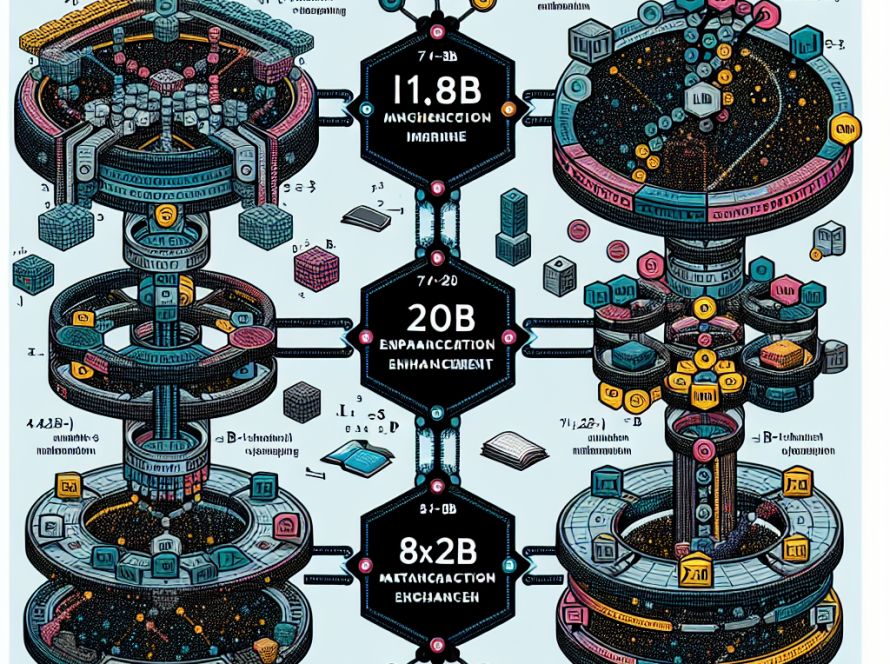More than 2,000 years after Greek mathematician Euclid laid the groundwork for geometry, Justin Solomon, an associate professor at the MIT Department of Electrical Engineering and Computer Science, is leveraging modern geometric techniques to solve complex problems that seemingly have no connection to shapes. Solomon’s work involves using geometrical structures in comparing datasets to predict the efficacy of a machine-learning model, among other applications.
Even though statistics and geometry may seem quite different, Solomon explains that the language used to describe data often includes geometric terms such as distances, similarities, curvature, and shape. He points out that the comparison of datasets may reveal geometric structures since the data are arranged in a high-dimensional space. This comparison could provide insights on the performance of a specific model on different datasets.
The Geometric Data Processing Group that Solomon heads is purposefully ambiguously named to reflect the wide range of problems that can be addressed using geometric techniques. Half the team focus on processing 2D and 3D geometric data, such as aligning 3D organ scans in medical imaging, or enabling self-driving vehicles to recognize pedestrians using spatial data from LiDAR sensors. The other half handle high-dimensional statistical research with geometric tools, like constructing better generative AI models. An example of this is models that create new images via sampling certain parts of an image dataset, as mapping that image space is fundamentally a geometric problem.
Solomon’s journey to MIT started with an early interest in computer graphics. As a high school student, he interned at a research lab where he developed algorithms for 3D face recognition. That experience led him to double-major in math and computer science at Stanford and work at Pixar every summer during college and into graduate school. There, he worked on physical simulation of cloth and fluids to improve animated movie realism.
Completing a PhD at Stanford, Solomon focused on efficient solutions using optimal transport. This involves moving a distribution to another as efficiently as possible, like finding the cheapest way to ship goods from multiple manufacturers to multiple destinations. Initially, this was meant for computer graphic applications, but the research took off in other areas, leading to the formation of his research group at MIT.
In keeping with his belief in the potential of geometric techniques, he launched the Summer Geometry Initiative, aimed at offering undergraduates, primarily from underrepresented backgrounds, access to geometry research.
For the future, Solomon is keen on improving unsupervised machine learning models using geometry. He explained that labelling 3D data is often too expensive, but sophisticated models that draw geometric insight and inference from data can help computers comprehend complex 3D scenes, improving the effectiveness of models.
Aside from his work, Solomon is also a classical musician and plays the piano and cello – a reflection of his belief that his fields of interest, computer graphics and music, are mutually beneficial due to their shared analytical nature.


